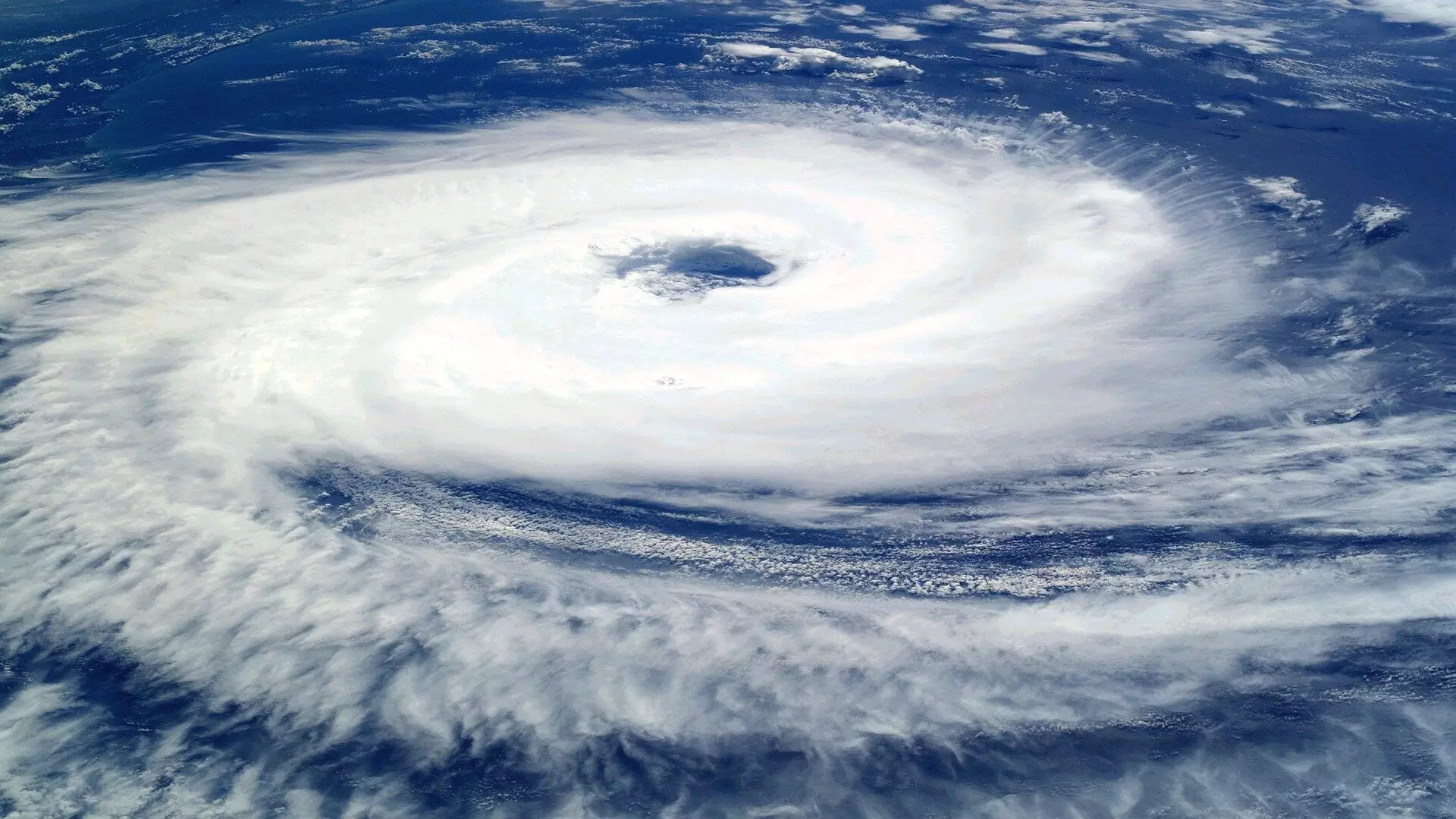The intensity and rate of intensification of Atlantic hurricanes have become significant concerns in recent years. A paper published in Scientific Reports highlights that hurricanes are now more likely to rapidly strengthen from weak Category 1 hurricanes to major Category 3 or stronger hurricanes within a 24-hour period, as compared to the period between 1970 and 1990. The study also reveals that the east coast of the United States experiences more rapid intensification than in previous decades, emphasizing the need for improved communication methods to warn at-risk communities. This article will delve into the findings of the paper and discuss the implications of increased hurricane intensification.
Andra Garner conducted an analysis of Atlantic hurricanes’ wind speed changes from 1970 to 2020 to understand the evolution of intensification rates. Hurricanes were categorized into three time periods: historical era (1970–1990), intermediate era (1986–2005), and modern era (2001–2020). The maximum intensification rate was determined by calculating the greatest increase in wind speed over any 24-hour period within the lifespan of a hurricane.
The study revealed a notable increase in the probability of a hurricane’s maximum intensification rate being 20 knots (37 km per hour) or greater, rising from 42.3% in the historical era to 56.7% in the modern era. Furthermore, the probability of a weak hurricane transforming into a major hurricane within 24 hours escalated from 3.23% to 8.12%. These findings indicate a clear trend of intensification acceleration, posing greater risks to coastal regions vulnerable to hurricanes.
One intriguing aspect highlighted by the analysis is the shift in locations where hurricane intensification is most likely to occur over time. Hurricanes were increasingly prone to rapid strengthening off the US Atlantic coast and in the Caribbean Sea, while the Gulf of Mexico witnessed a reduced likelihood of intense intensification. This shift in hotspots signifies changing patterns and emphasizes the necessity for disaster management and communication systems to adapt accordingly.
The implications of these findings are concerning. Four of the five most economically devastating Atlantic hurricanes have occurred since 2017, all having experienced rapid intensification throughout their lifespans. This observation underscores the urgency for improved hazard preparation plans and communication systems for communities at risk.
The changing patterns and increasing intensification rates of Atlantic hurricanes can be attributed to climate change and its impact on sea surface temperatures. Warmer oceans create a conducive environment for more rapid intensification, contributing to the growing risks faced by coastal communities. It is crucial for policymakers and stakeholders to prioritize climate change mitigation efforts to curb further intensification and protect vulnerable regions.
The intensification rates of Atlantic hurricanes have significantly increased, with a higher likelihood of rapid strengthening from weaker hurricanes to major hurricanes within a short period. The east coast of the United States and the Caribbean Sea are experiencing the brunt of this intensification. It is imperative to develop better communication methods and hazard preparation plans to ensure the safety of at-risk communities. Additionally, addressing climate change and its impact on warmer oceans is crucial for mitigating the increasing risks posed by Atlantic hurricanes.



Leave a Reply